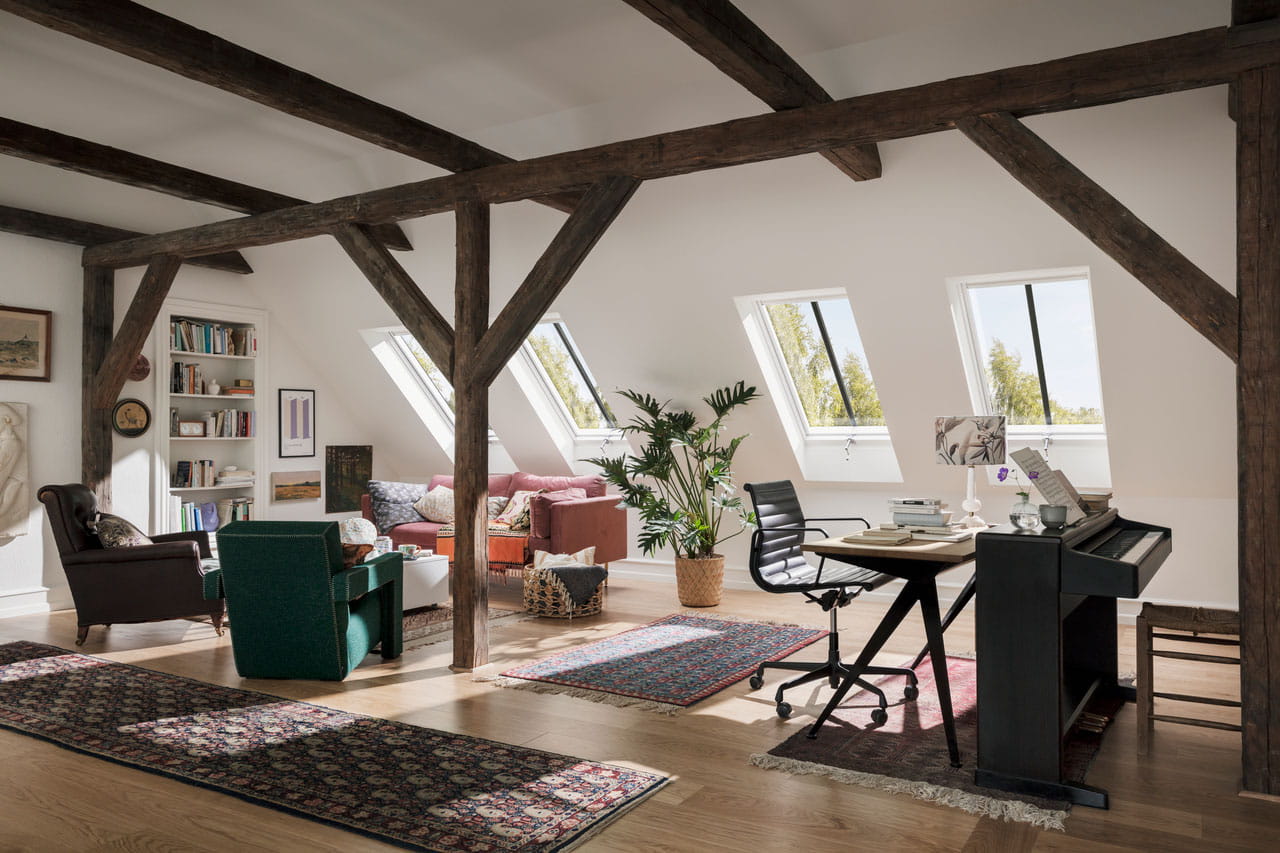Transform your Period Home by Adding Daylight

For those who own period homes, also known as heritage homes - particularly Victorian, Edwardian, Georgian, and Elizabethan - adding daylight can seem complicated. But it doesn’t have to be!
- Understand what makes your period home special and learn which styles and materials will enhance its natural charm.
- Daylight never goes out of style. Make sure your property is filled with lots of natural light.
- The right professionals can help you renovate your period home in the right way. Consult the right architects and contractors to take all the structural elements of your home into consideration.
Getting to Know Your Period Home
Before figuring out how you’ll add daylight to your home, know what kind of home you have, what kinds of home improvements are needed and what is possible.
The rooms of heritage homes were often used to serve specific purposes, in a more formal way than we use our homes today. For that reason, daylight was not a priority in all rooms, and therefore windows were only added to spaces that were thought to need them. Today, we desire daylight throughout our homes for both liveability and energy efficiency; how we renovate reflects this.
Here are a few ways to transform your period home with daylight, from structural renovation to simple updates.
Front Door Glazing
Front door glazing allows you to have a glass door through which light flows, thereby allowing in daylight. Modern glazing retains heat, making your home more energy efficient. Privacy glazing can make the glass opaque so that people can’t look in through your front door.
Rooflights
Rooflights are an excellent way to bring more daylight into your home. It opens up an entirely new dimension of light (the ceiling is often called the fifth wall, and for good reason!).
Rooflights, roof windows, or skylights, are a particularly good option for heritage homes, as they will not obscure the walls or exterior look of the home in any way. Finally, roof lights are easy to install, increase fresh air, and help with heat retention, making them ideal for increased energy efficiency.
Fanlights
A fanlight is a panel of glass above the door that lets in additional light. If you happen to have high ceilings - a feature that many heritage homes do have - but don’t already have a fan light, consider adding one!
New or Restored Openings
Over the course of a heritage home’s life, its windows and doors will have been closed up, moved, or altered. If you are able to see where a door or opening was once, or if your neighbours’ homes have an opening where you don’t, you may be able to restore this opening to let in more daylight.
Adding openings such as windows or doors can be a bit more tricky, because you’ll have to be aware of the structural elements of the home and what can be physically changed. It’s also important to respect both the interior and exterior of the home so that any new openings blend seamlessly into the space.
Create a light well
A light well, similar to an atrium, is a glass-roofed light source in the centre of a building that brings daylight to the basement or lower level.
Light wells are useful if you plan to use a basement as functional living space, or if your ground floor feels very dark.
Add an Extension
Adding an extension to your heritage home may seem counterproductive to preserving the space, but a well-designed extension can actually be more functional and less destructive than adding modern facade windows.
The best way to decide where to create an extension is by figuring out where the largest opening can be made. Work with an architect to ensure this is done properly. If your home is a protected or listed property, or the extension exceeds permitted development, you’ll need get building permission.